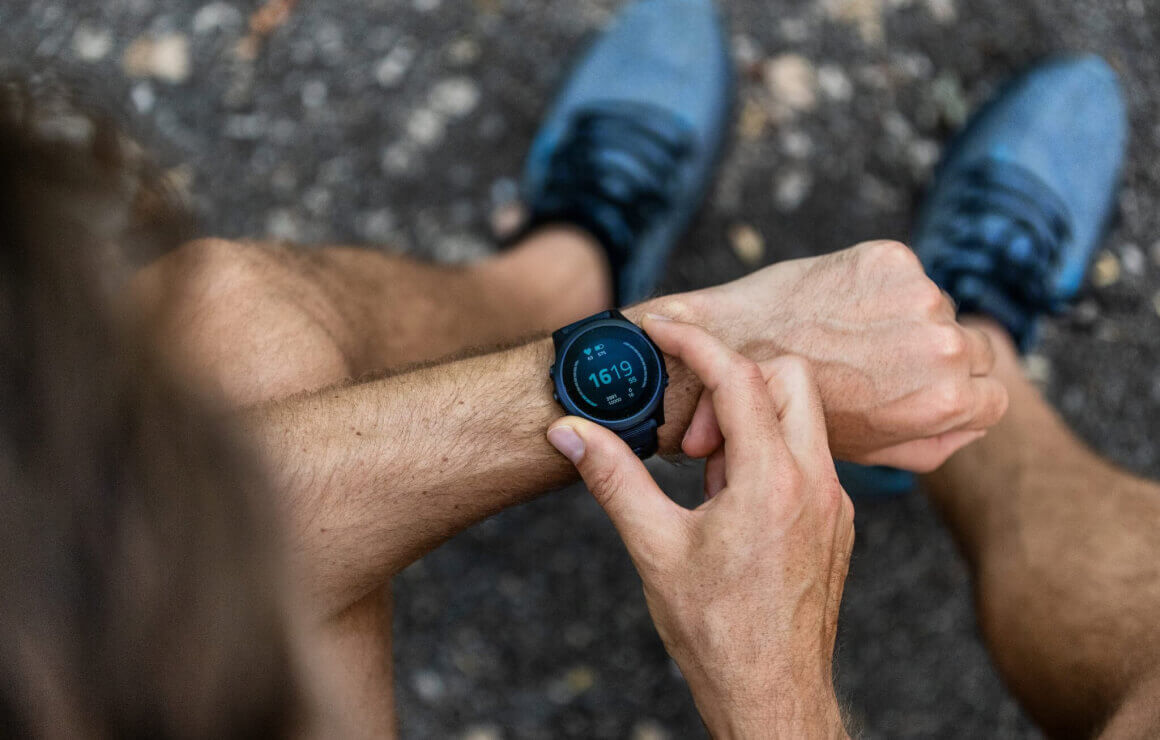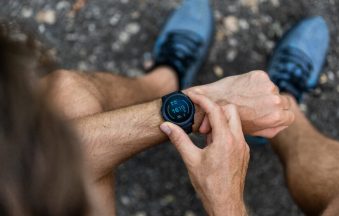Winter gloves are popular for daily protection against cold, but they come with common drawbacks like poor fit leading to circulation issues or reduced dexterity that can hinder routines. Many users face problems with winter gloves, such as overheating from non-breathable materials or inadequate insulation that fails in sub-zero conditions. At Homynest, we address these winter gloves drawbacks by curating options that minimize cons while maximizing comfort for everyday wear. Understanding these pitfalls helps in selecting winter gloves that truly enhance protection without unnecessary frustrations. Homynest guides you to overcome winter gloves issues with informed choices for reliable daily use.
Table of Contents
Major Drawbacks of Winter Gloves
Winter gloves often suffer from poor fit as a major drawback, where overly tight designs restrict blood flow, leading to colder hands and discomfort during extended daily exposure. Bulkiness in many winter gloves reduces dexterity, making simple tasks like buttoning coats or gripping bags frustrating and inefficient. Moisture accumulation is another common issue with winter gloves, as non-breathable fabrics trap sweat, causing chills once evaporation occurs in cold air. Users frequently report seam failures in winter gloves, where stitching breaks under daily wear, exposing hands to elements prematurely. Homynest notes that these winter gloves drawbacks can be exacerbated in urban routines, amplifying risks like slips from reduced grip.
Overly loose winter gloves allow cold air infiltration, diminishing insulation effectiveness and forcing frequent adjustments that disrupt activities. Material degradation from improper storage, such as ozone cracking in rubber components, shortens winter gloves’ lifespan, leading to unexpected replacements. Allergic reactions to synthetic liners in some winter gloves cause itching or rashes, deterring consistent use in sensitive users. High cost for premium winter gloves without proportional benefits frustrates budget-conscious buyers seeking daily reliability.
Odor buildup in winter gloves from trapped moisture without antimicrobial treatments becomes noticeable after repeated use, affecting hygiene in shared environments. These drawbacks highlight why not all winter gloves suit daily demands, often resulting in suboptimal protection.
- Fit Restrictions: Tight winter gloves impair circulation, worsening cold.
- Bulk Interference: Thick designs limit finger movement for tasks.
- Moisture Traps: Sweat buildup leads to post-activity chills.
- Seam Weakness: Early tears expose vulnerabilities.
Problems with Best Touchscreen Gloves Under $20
Best touchscreen gloves under $20 frequently suffer from inconsistent conductivity, where conductive threads fail to register touches accurately on various screens, frustrating users during quick checks. Thin materials in these budget touchscreen gloves provide minimal insulation, leaving hands cold in moderate winter conditions despite their affordability. Seam discomfort is a prevalent problem, as internal stitching in best touchscreen gloves under $20 irritates skin, causing blisters after prolonged wear. Limited finger coverage in many models restricts usability, allowing only index or thumb tips to function while others remain ineffective.
Durability issues plague best touchscreen gloves under $20, with threads fraying after washing, rendering touchscreen capability useless within weeks. Compatibility problems arise, as these gloves often underperform on certain phones due to screen sensitivity variances, leading to phantom touches or non-responses. Bulk from added conductive elements can make best touchscreen gloves under $20 feel stiff, hindering natural hand gestures. Homynest observes that while economical, these winter gloves variants compromise on reliability for daily tech needs.
Overheating in enclosed designs exacerbates sweat issues, making touchscreen surfaces slippery and less responsive over time. Such drawbacks turn best touchscreen gloves under $20 into short-term solutions rather than dependable daily aids.
- Conductivity Inconsistency: Spotty touch response across devices.
- Insufficient Warmth: Thin layers fail in true cold.
- Irritating Seams: Internal rubbing causes skin issues.
- Quick Wear: Threads degrade post-laundry.
Drawbacks in Types of Insulated Gloves for Daily Use
Types of insulated gloves for daily use like fleece-lined models often absorb moisture easily, becoming heavy and ineffective after minor exposure to snow or rain. Bulkiness in down-filled insulated gloves limits mobility, making them impractical for active daily tasks such as commuting or errands. Synthetic types of insulated gloves for daily use can generate static, attracting lint or dust that clogs insulation over time. Leather hybrids among insulated gloves suffer from stiffness in extreme cold, cracking if not conditioned regularly.
Over-insulation in certain types leads to overheating during milder days, causing sweat that wets the lining and reduces future warmth. Poor ventilation in many insulated gloves results in odor retention, requiring frequent deep cleans that accelerate wear. Cost variability means some types of insulated gloves for daily use offer false economy, with cheap versions pilling quickly. Homynest identifies these insulated gloves drawbacks as common barriers to seamless daily integration.
Layering incompatibility affects hybrid insulated gloves, where mismatched liners cause bunching and discomfort during movement. These issues underscore why not all types suit prolonged daily exposure without adjustments.
- Moisture Absorption: Fleece soaks and weighs down.
- Mobility Loss: Down bulk hinders actions.
- Static Buildup: Synthetics collect debris.
- Stiffness Risks: Leather cracks without care.
Common Mistakes to Avoid When Buying Winter Gloves
A common mistake when buying winter gloves is prioritizing style over function, leading to fashionable but insufficiently insulated pairs that fail in real cold. Ignoring waterproofing needs results in winter gloves that sog quickly, exacerbating dampness and chill during wet daily encounters. Selecting without considering activity type causes mismatches, like using bulky winter gloves for fine-motor tasks that demand dexterity. Overlooking cuff coverage allows drafts to enter, undermining overall winter gloves effectiveness.
Neglecting breathability leads to sweaty, uncomfortable winter gloves that cool rapidly post-activity. Buying without fit testing invites circulation problems or slippage in winter gloves. Failing to check for antimicrobial features promotes bacterial growth and odors in winter gloves. Homynest warns against these buying mistakes to prevent winter gloves from becoming daily liabilities.
Skipping maintenance knowledge at purchase dooms winter gloves to early degradation from improper care. Avoiding these errors ensures winter gloves serve as assets rather than annoyances.
- Style Over Substance: Looks sacrifice warmth.
- Waterproof Oversight: Leads to soggy failures.
- Activity Mismatch: Bulky for dexterous needs.
- Cuff Gaps: Invites cold infiltration.
Solutions and Maintenance to Mitigate Winter Gloves Issues
To mitigate winter gloves issues, opt for adjustable fits with Velcro cuffs to prevent air gaps and ensure circulation. Layer thin liners under winter gloves for customizable warmth without bulk, addressing overheating concerns. Regular application of waterproof sprays revives moisture resistance in winter gloves, countering absorption drawbacks. Inspect seams weekly and mend promptly to extend winter gloves’ durability against wear. Homynest recommends antimicrobial-treated winter gloves to combat odor buildup effectively.
Proper storage in cool, dry places avoids ozone damage in winter gloves, preserving rubber integrity. Gentle hand-washing with mild soap cleans winter gloves without degrading insulation, unlike harsh machine cycles. Air-drying away from heat sources maintains loft in insulated winter gloves, preventing shrinkage. For touchscreen winter gloves, spot-clean conductive areas to sustain sensitivity. These solutions transform potential winter gloves cons into manageable aspects.
Rotating pairs during heavy use allows drying, reducing moisture-related problems in winter gloves. Consistent maintenance routines ensure winter gloves deliver long-term value despite inherent challenges.
- Fit Adjustments: Use drawstrings for security.
- Layering Systems: Add liners for versatility.
- Protective Sprays: Reapply for water repellency.
- Gentle Cleaning: Soap and air-dry routines.
Recommended Products and Brands at Homynest
Homynest recommends brands that counter common winter gloves drawbacks, such as Sealskinz All Weather Gloves, which feature breathable Gore-Tex to avoid sweat traps while providing reliable insulation for daily use. The North Face Etip Gloves address touchscreen inconsistencies with full-hand conductivity, minimizing registration fails under $30. For insulated types, Patagonia Capilene Cool Daily Gloves offer antimicrobial fleece that combats odor without bulk, ideal for routines. OZERO Thermal Gloves under $20 mitigate seam issues with seamless construction and water resistance for budget daily wear.
REI Co-op Lightweight Gloves solve fit problems with adjustable cuffs and merino liners, preventing circulation woes. Black Diamond Midweight Screentap Gloves feature durable stitching to resist seam breaks, with touchscreen precision for active days. Smartwool PhD Run Targeted Gloves provide ventilated synthetics to reduce overheating in insulated designs. Homynest also suggests Achiou Winter Touchscreen Gloves under $20, with grippy palms to counter dexterity loss despite affordability.
For maintenance ease, Columbia Omni-Heat Gloves include reflective lining that retains warmth even if slightly damp, addressing moisture drawbacks. Hestra Army Leather Gloves offer conditioned leather to prevent cracking, balancing style and function. These Homynest picks and brands focus on overcoming winter gloves pitfalls for superior daily performance.
Don’t let winter gloves drawbacks derail your daily comfort—visit Homynest today to explore solutions like the best touchscreen gloves under $20 and reliable insulated types. Shop smart with our expert picks, enjoy hassle-free returns, and warm up your routine without the common cons!
FAQ: Winter Gloves Drawbacks Explained
Q: What are the major drawbacks of winter gloves for daily use?
A: Poor fit, bulkiness, and moisture trapping reduce comfort and effectiveness in routines.
Q: Why do best touchscreen gloves under $20 often fail?
A: Inconsistent conductivity and thin insulation limit performance on devices and in cold.
Q: What problems plague types of insulated gloves for daily use?
A: Moisture absorption and overheating diminish warmth over time.
Q: How to avoid common buying mistakes for winter gloves?
A: Prioritize function, fit, and waterproofing over style alone.
Q: What maintenance solves winter gloves issues?
A: Gentle cleaning, proper storage, and inspections prevent degradation












Add comment